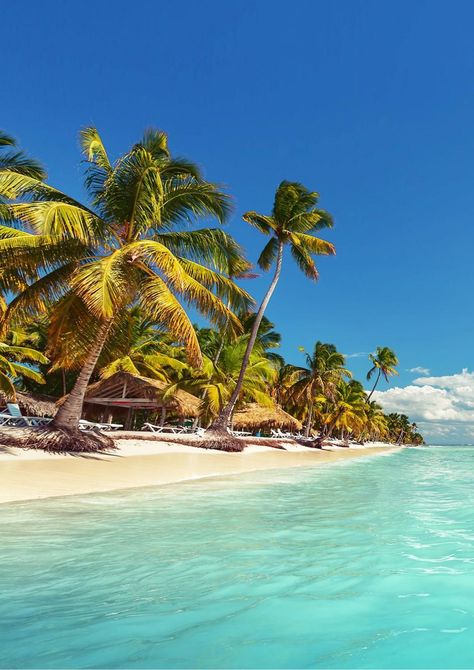
-is the capital city of Italy. In 2019, Rome was the 11th most visited city in the world with 10.1 million tourists, the third most visited in the European Union, and the most popular tourist destination in Italy. Its historic center is listed by UNESCO as a World Heritage Site. The host city for the 1960 Summer Olympics.
Rome’s history spans 28 centuries. While Roman mythology dates the founding of Rome at around 753 BC, the site has been inhabited for much longer, making it one of the oldest continuously occupied cities in Europe.
The lasting effects of Roman rule in Europe can be seen in the geographic distribution of the Romance languages (Italian, French, Spanish, Portuguese, and Romanian), all of which evolved from Latin, the language of the Romans. The Western alphabet of 26 letters and the calendar of 12 months and 365.25 days are only two simple examples of the cultural legacy which Rome has bequeathed Western civilization.
6 Best Places to See While in Rome
1.FONTANA DI TREVI

An estimated 3,000 euros are thrown into the fountain each day. In 2016, an estimated €1.4 million (US$1.5 million) was thrown into the fountain. The money has been used to subsidize a supermarket for Rome’s needy.
Fontana Di Trevi is located in the metropolitan area of Rome. It is the largest Baroque fountain in the city and one of the most famous fountains in the world. Designed by Architect Nicola Salvi. Tre vi means, “three roads”.
The fountain at the junction of three roads marks the terminal point of the modern,” aqua Vergine”, one of the aqueducts that supplied water to ancient Rome.
The legend holds that a coin thrown into the fountain will ensure a return to Rome. This tradition also dates back to the ancient Romans who often threw coins in water to make the gods of water favor their journey or help them get back home safely.
During lunchtime, this area is a meeting place to have good lunch and to shop at the local stores around the fountain.
2.RUINS OF POMPEII
The city of Pompeii is famous because it was destroyed in 79 CE when a nearby volcano, Mount Vesuvius, erupted, covering it in at least 19 feet (6 metres) of ash and other volcanic debris. The city’s quick burial preserved it for centuries before its ruins were discovered in the late 16th century.


3.THE VATICAN- THE HOLY CITY



Pompeii, Italian Pompei, preserved ancient Roman city in Campania, Italy, 14 miles (23 km) southeast of Naples, at the southeastern base of Mount Vesuvius. Around noon on August 24, 79 CE, a huge eruption from Mount Vesuvius showered volcanic debris over the city of Pompeii, followed the next day by clouds of blisteringly hot gases.
Buildings were destroyed, the population was crushed or asphyxiated, and the city was buried beneath a blanket of ash and pumice.
The city of Pompeii was shaped irregularly because it was built on a prehistoric lava flow.
Excavations indicate that the southwestern part of the town is the oldest, but scholars do not agree on the stages by which the walls were expanded or on who the builders were.
Seven city gates have been excavated.
You can see in the background Mount Vesuvius itself.
In 1951, after the interruption caused by World War II, intensive excavation was resumed under Amedeo Maiuri, who was in charge of the excavations from 1924 to 1961.
This revealed the Porta (Gate) di Nocera and an impressive stretch of cemetery lining each side of the road leading from the gate to Nuceria. By the 1990s, about two-thirds of the city had been excavated.
I am standing right at the entrance of the Papal apartment. Three more steps up and I will be told to leave. You can not ask questions from the Swiss Guards and you can not engage in any conversation with any one of them.
But they allowed my picture taken with them in the background.
4. Capri Blue Grotto


Once your eyes adjust, you look down into the water and you see a beautiful blue clear water.
I would say do the BLUE GROTTO. This is also something where once is enough.
The Blue Grotto is a sea cave on the coast of the island of Capri, southern Italy. Sunlight passing through an underwater cavity and shining through the seawater creates a blue reflection that illuminates the cavern.
Why Blue? Underneath the water’s surface lies a hole in the ground, about 32 feet wide directly below the entrance to the Grotto, that filters sunlight from outside of the cave. This light, combined with the light that comes in through the entrance hole, means that the water is illuminated by two sources instead of just one.
From the inside of the cave, it’s impossible to tell where the larger hole lies under the water–but if you put your hand in the water, it glows!
Take a look and see just how small the entrance to the Blue Grotto really is–a 3-foot tall hole in the side of a cliff that you’d never notice without the hoards of people waiting outside.
NO one knows how to get in there except the professional boat guides.
As you can see here, to enter, the boat driver grabs hold of the chain linked to the inside of the cave, tells you to duck your head, and whisks you inside the Grotto before you have the chance to blink twice.
At first, the darkness of the Grotto means that the only thing you hear is the sounds of cameras flashing and boat drivers singing cheesy songs in Italian.
Once your eyes adjust, you look down into the water and see this.
5. SPANISH STEPS

the renowned Scalinata della Trinità dei Monti, known as the Spanish Steps (or Stairs). The staircase is a rare case of the failure of French cultural propaganda: although they are called the Spanish Steps—the Spanish Embassy moved onto the square in the 17th century—they are unequivocally French.
Tourists like me and my family congregate at the café tables ranged on the plane-tree-shaded sidewalks of the Via Vittorio Veneto (Via Veneto), a street of grand hotels, offices, and government buildings.
Since the end of the 16th century, the Piazza di Spagna (Spanish Plaza) has been a stopping place for tourists as well as a destination for artists and writers.
At the corner of the Spanish Steps is a famous coffee shop, “Antico Cafe Greco”, 14 Via Condotti. Do not go home without trying their pastries.
6.COLOSSEUM


The Colosseum was the scene of thousands of hand-to-hand combats between gladiators, of contests between men and animals, and of many larger combats, including mock naval engagements. However, it is uncertain whether the arena was the site of the martyrdom of early Christians.
Construction of the Colosseum begun sometime between 70 and 72 CE during the reign of Vespasian. It is located just east of the Palatine Hill, on the grounds of what was Nero’s Golden House. The artificial lake that was the centerpiece of that palace complex was drained, and the Colosseum was sited there, a decision that was as much symbolic as it was practical.
The Colosseum was damaged by lightning and earthquakes and, even more severely, by vandalism and pollution. All the marble seats and decorative materials disappeared, as the site was treated as little more than a quarry for more than 1,000 years.
Preservation of the Colosseum began in earnest in the 19th century, with notable efforts led by Pius VIII, and a restoration project was undertaken in the 1990s. It has long been one of Rome’s major tourist attractions.
QUOTE:
Life is short and the world is wide”

